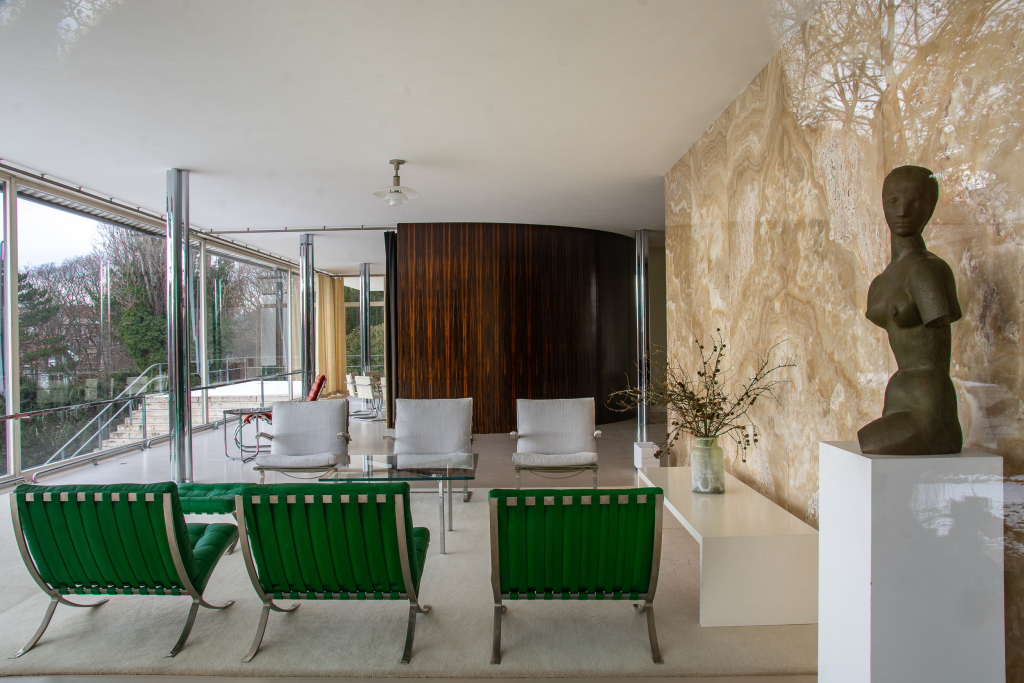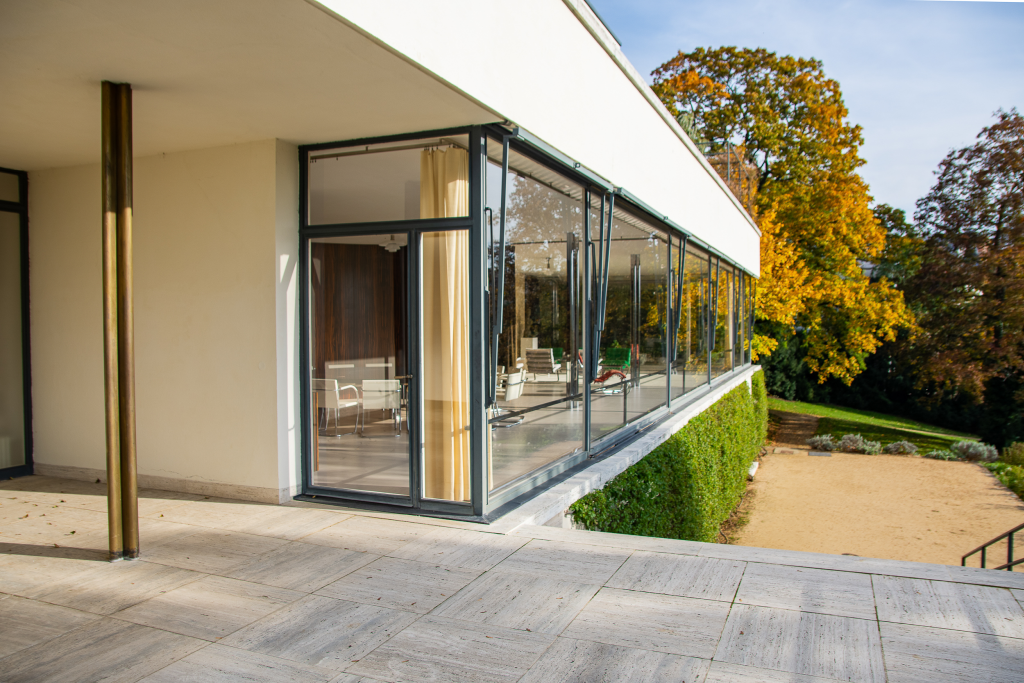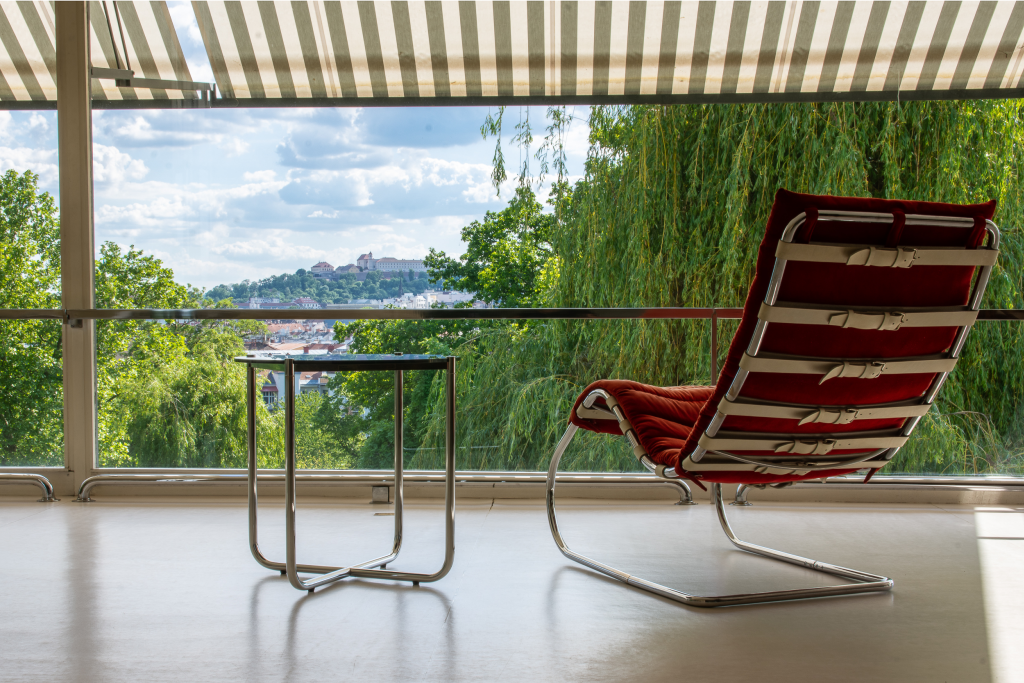
Villa Tugendhat
Brno-Černá Pole, Černopolní 45
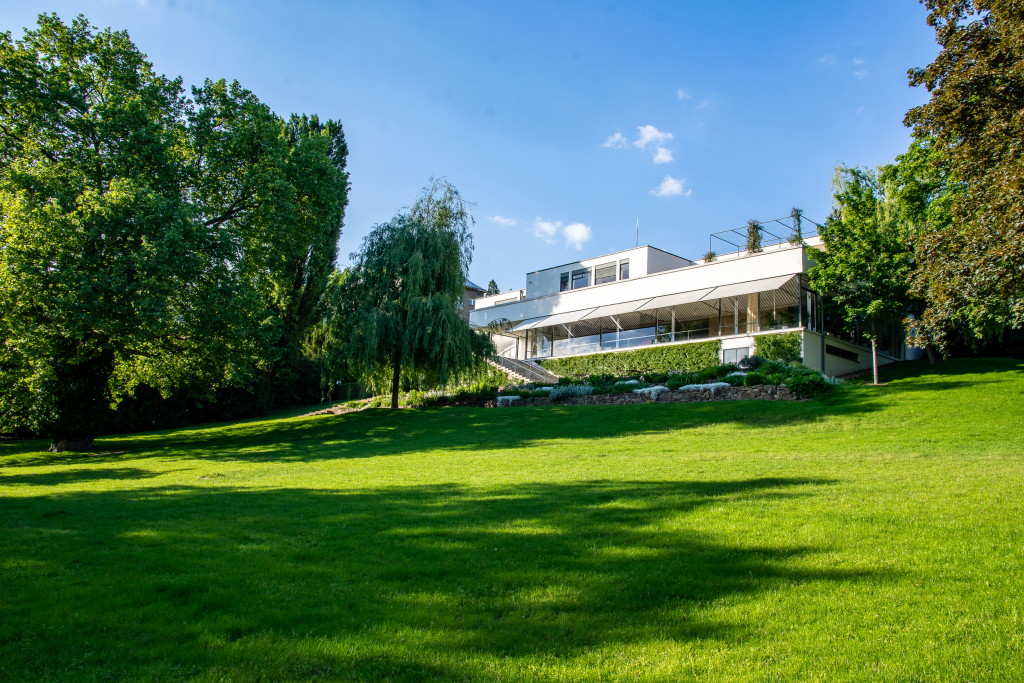
It was built between 1929 and 1930 for Greta and Fritz Tugendhat. They chose the renowned German Bauhaus architect Ludwig Mies van der Rohe for the job. The villa is built in the style of functionalism. The Tugendhat family lived in the building only for 8 years because, given their Jewish origins and their activities in the League for Human Rights, the threat of the arrival of Nazi forces in 1938 forced them to emigrate from what was then Czechoslovakia, first to Switzerland and then to Venezuela.
The uniqueness of the Brno villa lies in its formal architectural purity, its setting in a natural environment and the intermingling of spaces but also in its technical and structural design and the use of noble materials. Villa Tugendhat is an iconic building in the context of Brno's modern architecture. Since 1994 the building has been open to the public as an installed monument of modern architecture. In 2001 it was included in the UNESCO World Heritage List.
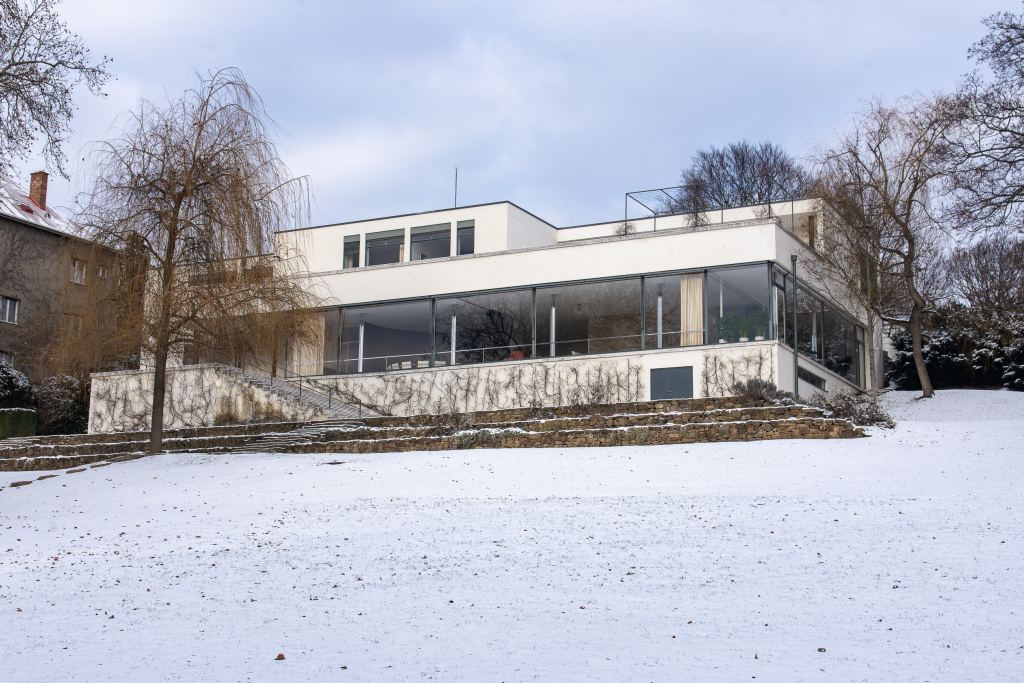
80% of the original 1930 plaster is preserved. This means that the visitor can see the same plaster façade that was paid for by Fritz Tugendhat and his family. The attentive visitor will surely notice that it doesn't look new. It is a restored original of the original plaster. Minor flaws are evidence of the handiwork of the masons and the damage it suffered over the years. The original plaster that the restorers uncovered was created using original formulas, it was finely grained, irregular and parchment-coloured.
